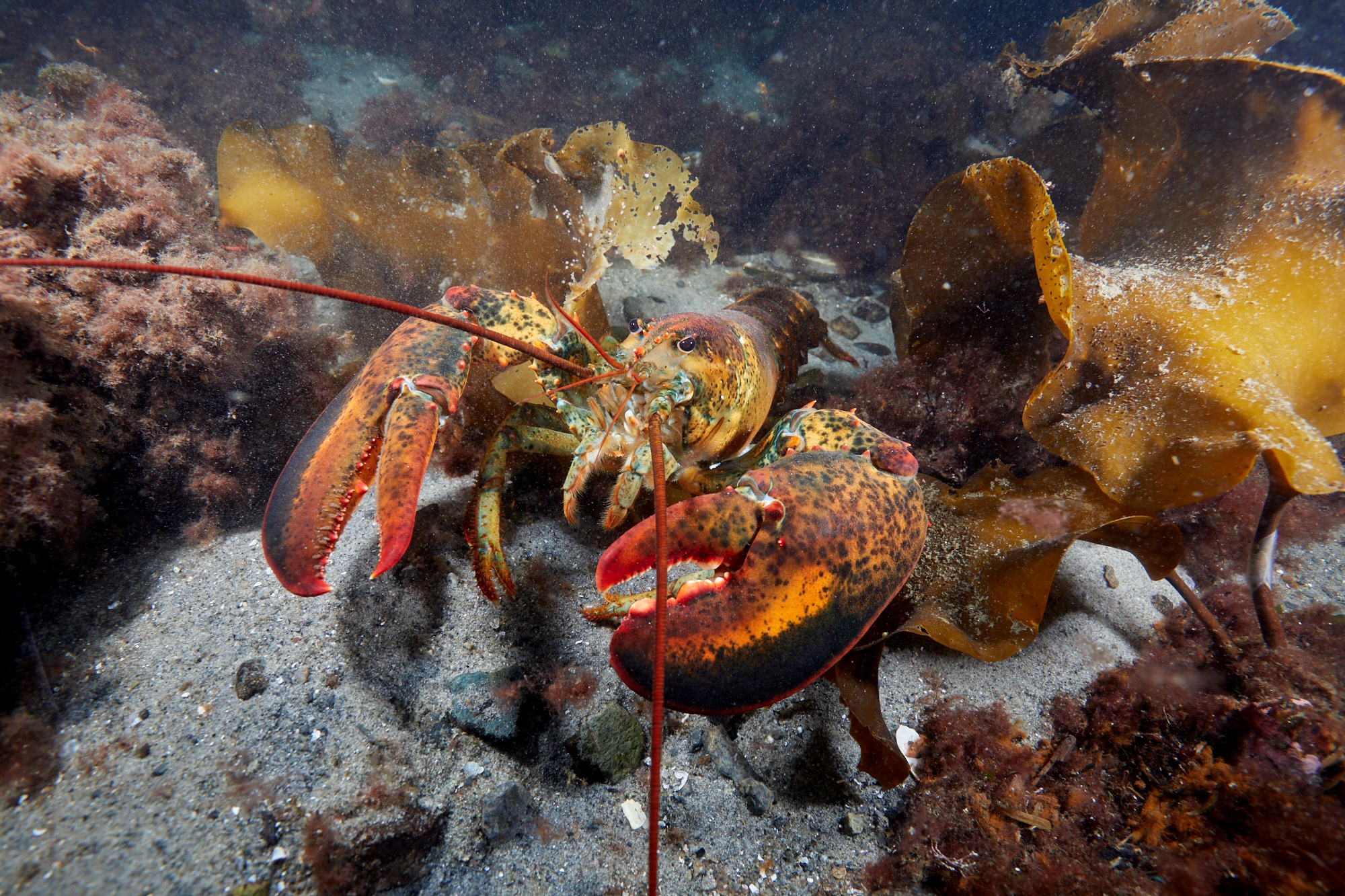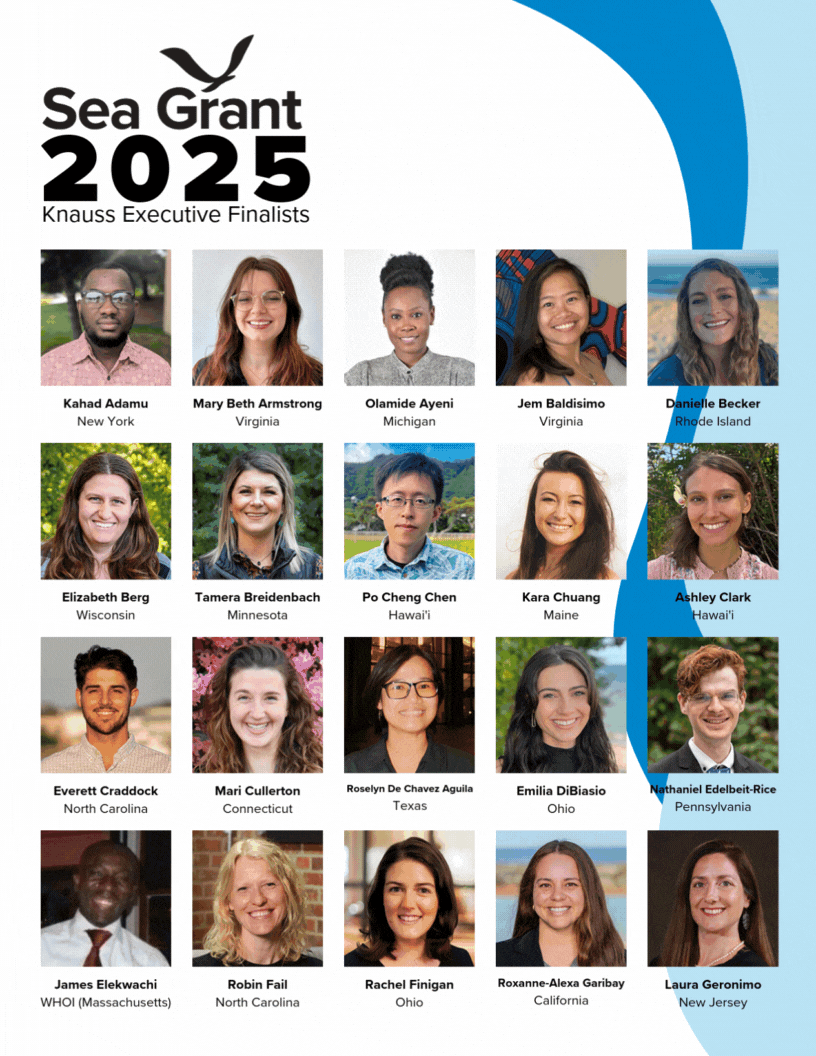Aquaculture in the Midwest
By Abigail Bobrow, Illinois-Indiana Sea Grant
Location, location, location is what Indiana’s aquaculture industry is relying on as it reaches a critical juncture in its growth.
“Indiana-farm-raised fish” doesn’t appear on most menus in the Midwest, so the industry is trying to change that through events like the recent Aquaculture Industry Tour for Culinary Professionals hosted by Purdue University Extension, the Indiana Aquaculture Association, the Indiana Soybean Alliance and Illinois-Indiana Sea Grant (IISG).
In Indiana, about 10 years ago, there were a handful of fish farmers and annual sales of $5 million. Today the industry boasts about 40 farms that produce tilapia, yellow perch, prawns, shrimp, bait fish, catfish, hybrid striped bass, bluegill and decorative fish bringing in $15 million in yearly sales.
Kwamena Quagrainie, IISG marketing specialist, has worked one-on-one, advising producers, and engaged in numerous market studies. To be competitive in the seafood market, he encourages local farmers to take advantage of niche opportunities.
Capitalizing on the consumer trend to “buy local,” the tour took 25 culinary professionals to a saltwater shrimp farm and a tilapia farm. For some, the visits were the first time seeing fish raised indoors.
“I try to get food that’s from our community,” said Padraig Cullen, director of culinary at Upland Brewing Co. in Bloomington. “At least once a day I am asked where the food I serve comes from.”
For Wayne Blackerby, the price tag for local fish is still too high for his two Columbus restaurants, but he’s optimistic. He thinks in five years it will be a different story.
Even though buying fish directly from Indiana farms is sometimes twice as expensive as buying from grocery stores, the producers say demand is there. The problem is maintaining a steady supply.
“We’re in that catch-22,” says Karlanea Brown, co-owner of shrimp farm RDM Aquaculture LLC in Fowler, 1 of 11 shrimp farms in the state. “We’re struggling to keep up so we’re expanding from 17 to 22 tanks.”
“One of the main concerns brought up on the tour, was the quantity and consistency of supply,” said Quagrainie. “They need a dependable supply of local fish if they are going to advertise it in their restaurants.”
Phillip Shambach owner of Tippco Farms in Romney is facing a different problem. He raises tilapia and ships the live fish in tanks mostly to Asian markets in the Midwest. Shambach would like to expand his clientele by being able to sell a small number of cleaned, gutted or fileted fish. But right now a facility to do that doesn’t exist.
“I’d like to find a way for farmers to group together with buyers to be able to buy a processed product from us. The demand is there.” said Shambach.
Balancing the supply with the demand is tricky for any young industry and Indiana aquaculture is no different.
“I’ve been working with the farmers for 10 years and at times you think it’s going to go down, but then then you have hope,” Quagrainie says. “Those who are farming now have gone through learning stages, they know what they’re doing. Indiana aquaculture is definitely growing.”


